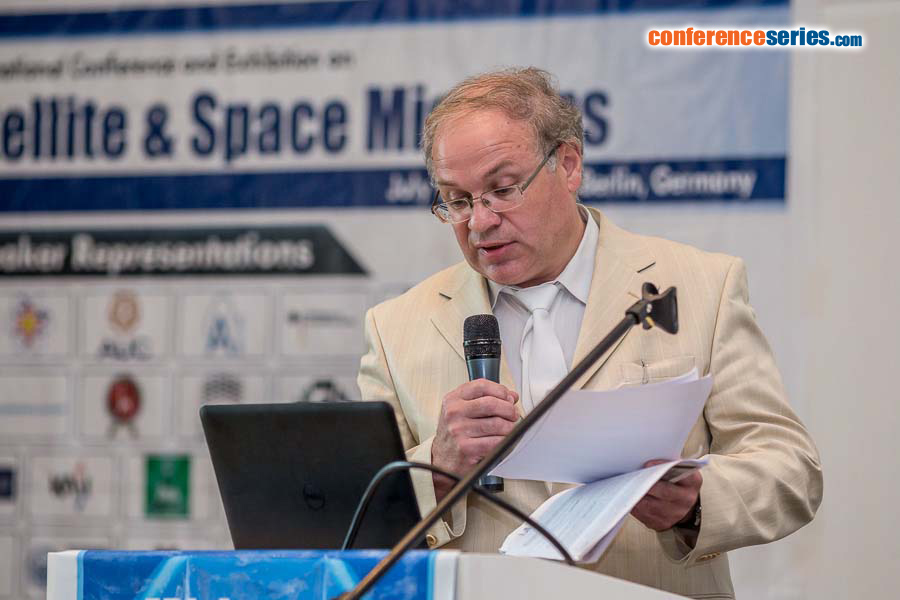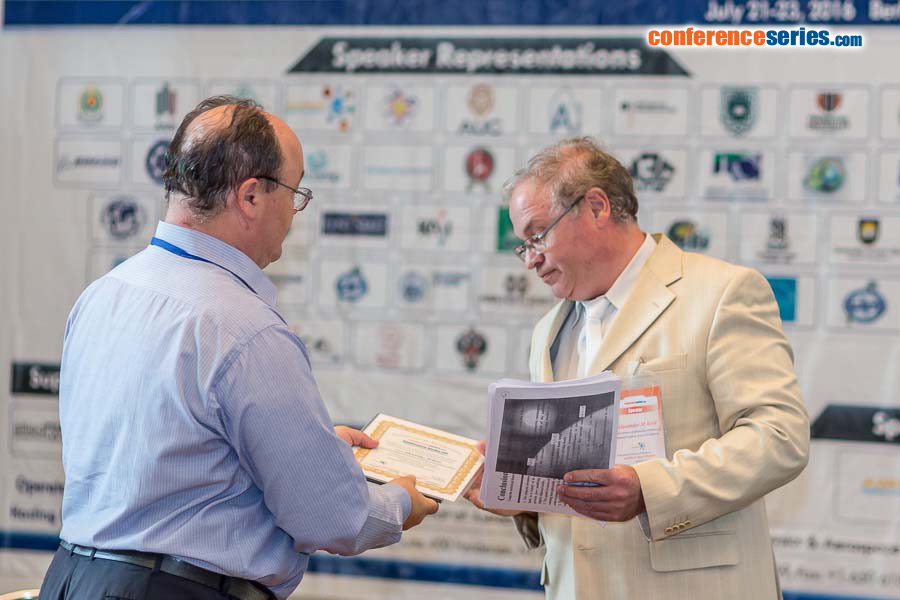
Alexander M Krot
United Institute of Informatics Problems of National Academy of Sciences
Belarus
Title: Development of the statistical theory of forming cosmogonical bodies to explain a stability of the orbital movements of planets and the forms of planetary orbits
Biography
Biography: Alexander M Krot
Abstract
This work investigates the stability and forms of planetary orbits in exoplanetary systems based on a statistical theory of forming cosmogonical bodies. We show that knowledge of some orbital characteristics of multi-planet extrasolar systems refines the knowledge of the parameters of the stars based on the combined Kepler’s 3rd law with universal stellar law (3KL-USL). The proposed 3KL-USL predicts statistical oscillations of circular motion of planets around stars. This work applies the statistical theory of forming cosmogonical bodies based on model of gravitating spheroidal body to explore forms of planetary orbits with regard to Alfvén–Arrhenius’ oscillating forces in the Solar system as well as other exoplanetary systems. Unlike the traditional approaches we show that due to the Alfvén–Arrhenius’ oscillating force mainly the bodies moving in a remote zone of a spheroidal body have elliptic and inclined trajectories. We explain an origin of Alfvén–Arrhenius’ radial and axial oscillations modifying forms of planetary orbits within the framework of the statistical theory of forming cosmogonical bodies. We find that temporal deviation of the gravitational compression function of a spherically symmetric spheroidal body (under the condition of mechanical quasiequilibrium) induces an additional periodic force. In turn, as shown here if the additional periodic force becomes counterbalance to the gravitational force then the principle of an anchoring mechanism is realized in exoplanetary systems, i.e. the stability of planetary orbits occurs. We also note that the spatial deviation of the gravitational potential of a rotating spheroidal body from a spherically symmetric one implies a difference in the values of the radial and the axial orbital oscillations (even in the case of its mechanical equilibrium), therefore the interference of these orbital oscillations can lead to the nonuniform rotation of stellar layers at different latitudes of star.
Speaker Presentations
Speaker PPTs Click Here





